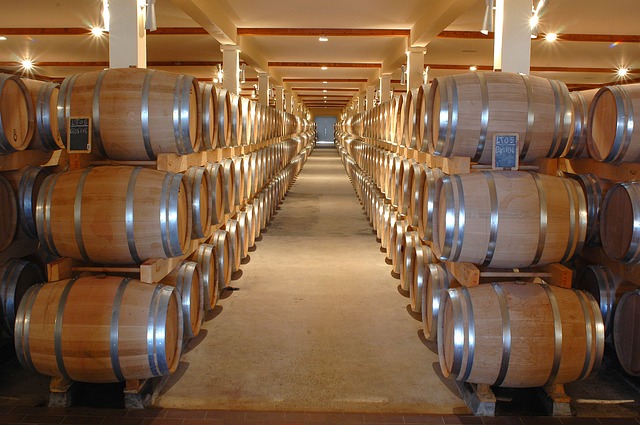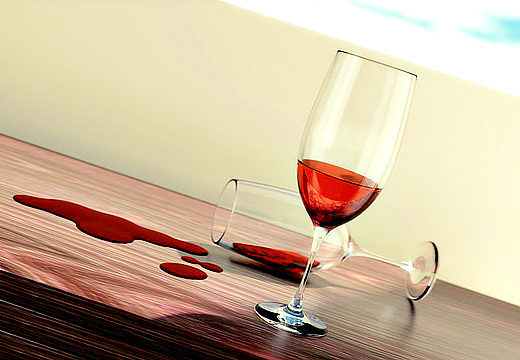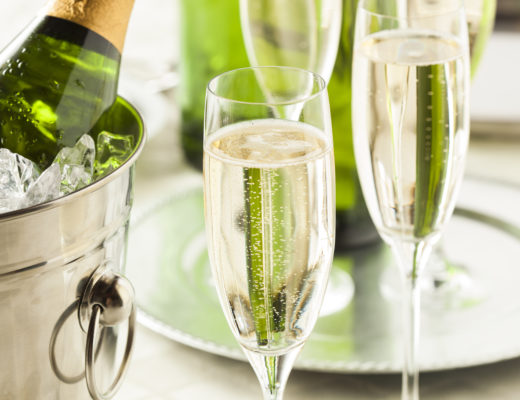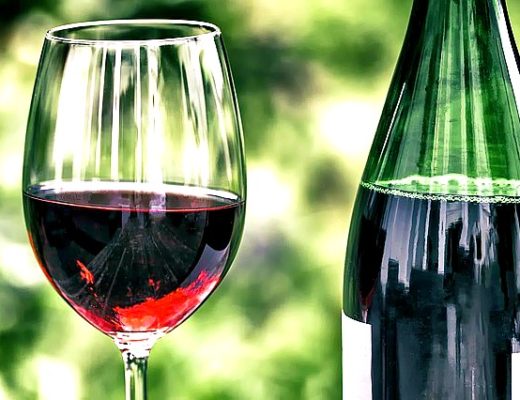When it comes to Bordeaux, the pursuit of knowledge is long and vast, and with so much to learn and know about one particular region, it’s hard to choose a starting point. With that in mind, here are the three things that I’m most frequently asked about Red Bordeaux:
- What type of varietals are used in the wine?
- What is the difference between Left Bank, Right Bank, and Entre-Deux-Mers Bordeaux?
- What are the best vintages and why?
- As for varietals, there are six allowable grapes that can be used for Red Bordeaux. Cabernet Sauvignon, Merlot, Cabernet Franc, Petit Verdot, Malbec, and (very rarely) Carmenere. They can be 100% of one particular varietal, or blended depending on the Chateau’s preference.
- The Bordeaux region of France sits on the Atlantic coast and is divided by the Gironde Estuary which is further divided into both the Garonne and Dorgogne Rivers. These dividing bodies of water are what separate the regions geographically.
Left Bank Bordeaux lies west of the Gironde Estuary and the Garonne River and typically has a higher percentage of Cabernet Sauvignon. Some popular AOC’s (the French abbreviation for Appelation d’Origine Contrôlée) include the Medoc, Haut Medoc, Saint-Estephe, Paulliac, Saint Julien, Listrac, Moulis, and Margaux . The soils in this area tend to be more gravel and pebble-like in structure and sit on a base of sand and limestone. Therefore, they can sometimes lean toward red fruit flavors on the palate.
Right Bank Bordeaux lies east of the Gironde Estuary and the Dorgogne River and tends to have a higher percentage of Merlot. Some popular AOC’s include Blaye, Fronsac, Pomerol, Saint Emilion, and a portion of Bordeaux Superieur. The soils in this area are generally clay and limestone over sand. These wines can still pack quite a bit on the palate, but some (especially with the Bordeaux Superiore designation) can be softer, more approachable, and ready to drink at a younger vintage. The flavor profile of Right Bank Bordeaux can have a heavier influence of purple fruit on the palate.
Entre-Deux-Mers is the region that lies between the Garonne and the Dorgogne Rivers whose placement is just slightly south of the Left and Right Bank. Best known for alluvial soils, it houses a portion of the Bordeaux Superieur AOC. The wines from this region are usually Merlot or Cabernet Sauvignon dominant.
- Some of the more notable vintages from 2000 on are; 2000, 2005, 2009, and 2010.
- 2000 – One of the best recent vintages on record. Mostly due to favorable harvest conditions. These wines have a formidable structure that makes them prime for aging. This was also a great vintage for both the Left and Right bank AOCs.
- 2005 – Warm, arid conditions allowed for a great growing season. Grapes were harvested in near-perfect conditions as well.
- 2009 – The growing season had some challenges, but the harvesting was done during amicable weather conditions which were mild and temperate. Bordeaux’s from this vintage are sometimes referred to as more fruity, complex and approachable.
- 2010 – A dryer growing season allowed for more concentration in the grapes. Therefore, offering a bigger, bolder style very suitable for aging.
Please keep in mind that this is a very generalized resource. There are many regions within Bordeaux and within those regions are a multitude of micro-climates. This post is meant to be a starting point reference, however, as one of the most prominent growing areas in the world, Bordeaux is always worth exploring further.




